If there is one thing I am passionate about, equally as much as contemporary art and traveling, that is sustainability. To be entirely honest, it is a theme I believe everyone should be interested in, as the world we know completely and totally depends on our short and long-term approach and involvement with sustainability.
And with all the greenwashing we constantly witness by major brands, being them fashion, food, or tech-related, I know it is not easy to understand how to proceed and make our part on this matter. It is far too easy to think we cannot do anything, and it is equally too easy to believe sorting out the trash or replacing our plastic straws will solve all the problems. We need a systemic approach and better regulations for sure. But we can do a lot, in our everyday life as well as on our “special occasions”, such as when traveling.
That being said, I know it is not always easy to understand what we can actually do to be more sustainable, so I decided to compile a list of good practices we can all implement when traveling. And since here we almost only talk of contemporary art-related travels, I will make this list specifically tailored to our art lovers’ needs.
I am sure there are better experts than me on slow and sustainable traveling on the internet, and there are plenty of other things to consider when talking about sustainability, such as accommodation or transportation (here is a great article from the New York Times), but I also believe everyone should make their part in raising awareness and becoming more sustainable. So here is my list of good practices for sustainable artsy traveling.
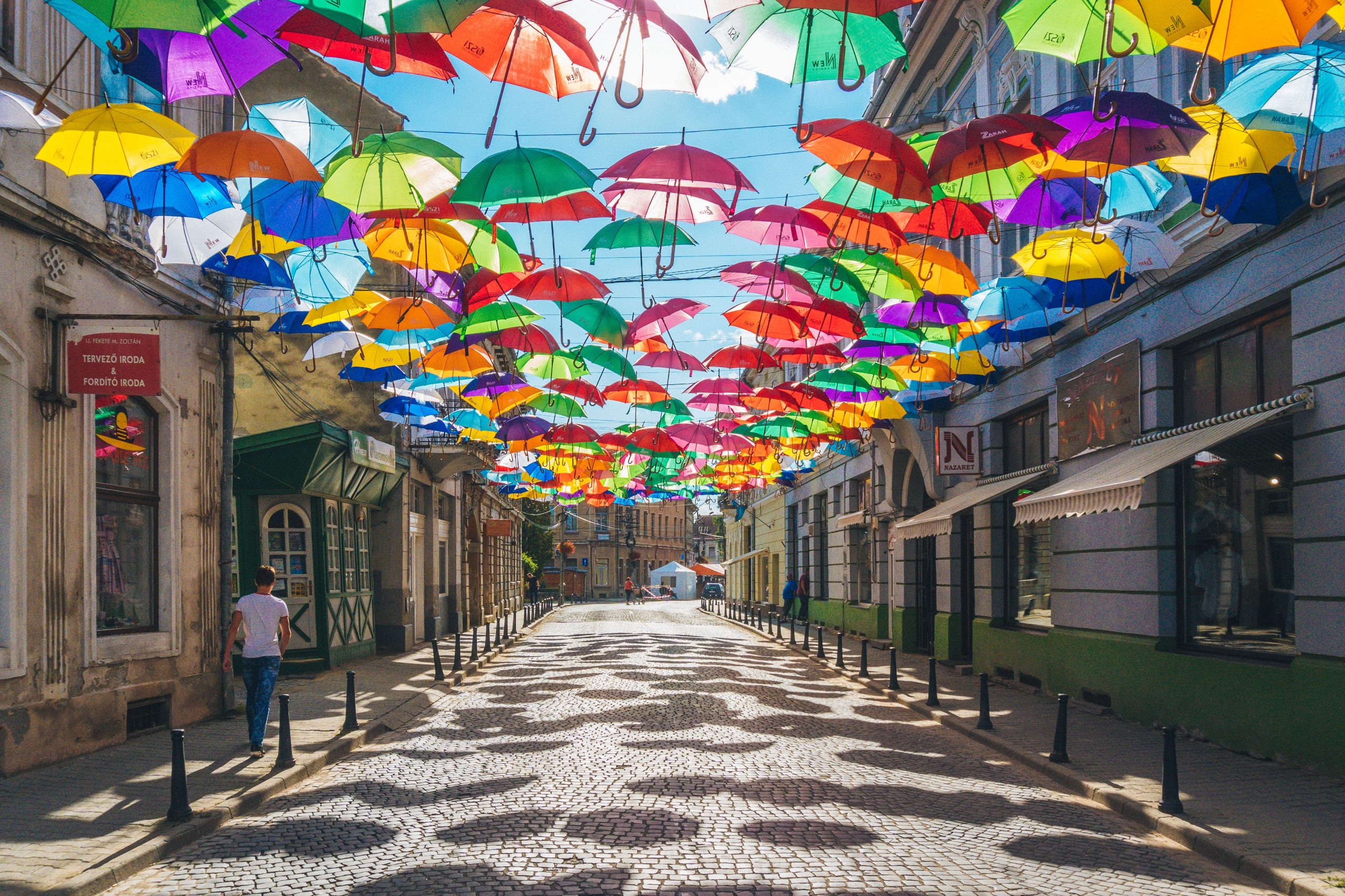
1. Travel by train
We all love to jump on a flight and get anywhere in the world in just a few hours. But traveling by train is far better for the environment, with much lower levels of emissions per km. Embracing slow traveling, and enjoying a train ride, is a great way to kickstart your sustainable artsy travel. All in all, especially when traveling to destinations that can be reached in just a few hours, the train does not take that much longer than a plane, especially when considering the time you will spend getting to the airport, through security checks, boarding and getting off the plane. Trains will bring you from one city center to another, and you will also have some time to squeeze in some reading and research about your destination.
2. Walk or bike around
Needless to say, but avoiding as much as possible all transportation means that can have an impact on the environment is quintessential, both in our everyday life and when traveling. If you can walk there, do so. If it’s further away, take a bike. Or use public transport.
Especially when traveling, this is a great way to explore a city or get to know local people. Walking around the center, or between attractions, will not only give you a better understanding of where you are and what it is like to live there, but it’ll also help you discover things you didn’t know existed.
For example, I discovered many great galleries while walking around cities like New York or London, just by simply walking by. I had no idea they existed and yet, they became some of my favorite spots. These types of fortuitous encounters are the best indicators of a great trip!

3. Take a walking tour
Directly linked to the previous point, when looking for ways to explore your destination, consider a walking tour. There are plenty of choices, especially if you look for walking tours on Airbnb experiences or Eventbrite, but try to find one that is led by a local person, perhaps a student or member of the community. This way, you are not only cutting on emissions, for example avoiding those terrible city sightseeing bus tours, but you will also be supporting the local communities. If you are looking for art tours, try searching for street art tours or tours to local artisans’ workshops, there are plenty, especially on Airbnb.
When I was in Seoul, I took two walking tours with a history student from Seoul University, which took us to some of the most incredible places in the city, while also giving us a lot of information on the history of the city and South Korea in general. Plus, as I was traveling alone, it helped me meet new people and make some good friends.
4. Visit local artists’ studios and galleries
Once again, the best way to get to know the art scene of a city is by getting to know the artists. Visiting local artists and galleries is a great way to slow down when traveling, enjoy the local scene, and get to know new people. Sure, it takes more time, both when preparing for the trip and when you are actually traveling, but sustainability doesn’t go well with the fast-paced world we were forced to live in, and this is a great way to remember to slow down and enjoy a quieter life.
5. Download a city guide or museum guide on your phone or use an app
We all know that the key to a more sustainable life is not just recycling, but most of all reducing. So, as you bring your own refillable bottle of water or stainless steel straw, don’t forget that you can also use your phone or tablet for your guides. You don’t need to print, and you don’t need to bring the extra weight. Nowadays, many museums have downloadable apps that will guide you through their collection. You can read and save info sheets, press releases, and full books on your phone or tablet. Or you can build your own personalized map, with services like Google My Maps, where you can pinpoint all the places you want to visit, add details and info, and create your own itinerary.
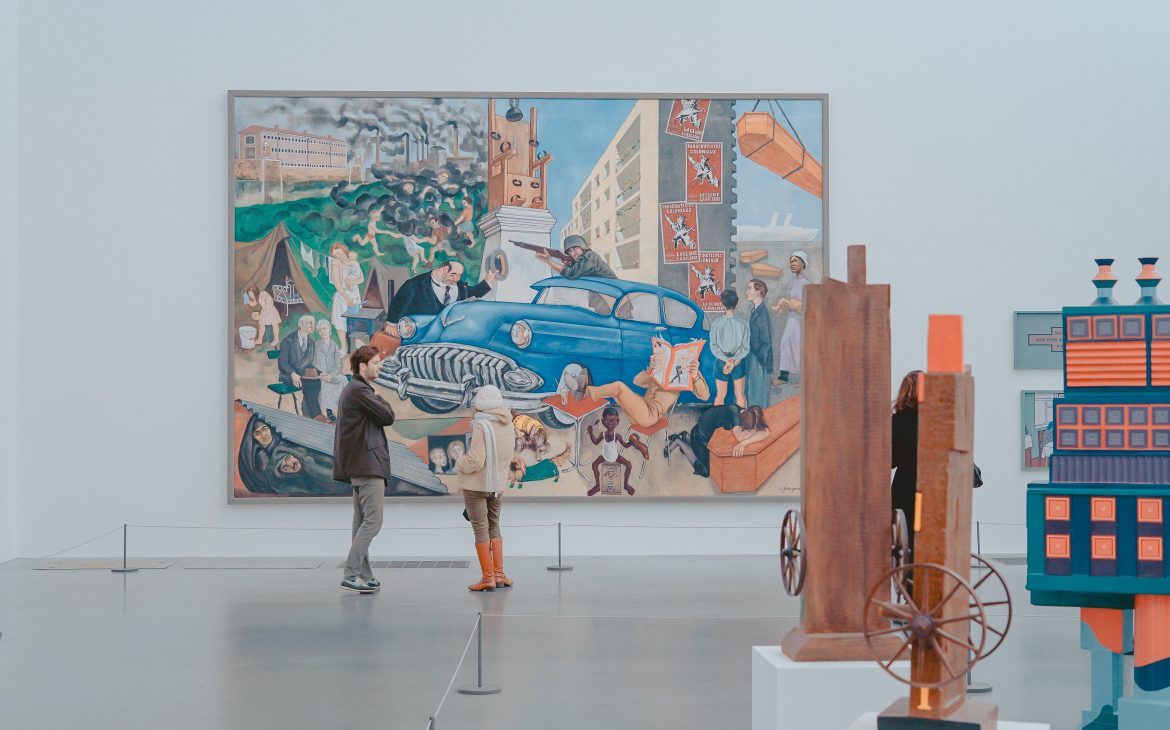
6. Book in advance your tickets and do not print them
Reducing waste can also mean booking your tickets in advance and opting for paperless options. Thanks to technology, and (let’s be honest) the Covid restrictions and the need to have touch-less alternatives, today we can enter everywhere with a digital ticket or QR code. Using these alternatives as much as possible will decrease the amount of waste we bring home after each trip.
7. Buy souvenirs from local artisans and artists
If you are anything like me, you have mixed feelings about souvenirs. Although I like bringing home something that will remind me of a trip, these kinds of objects are often just cheaply made and definitely not eco-friendly. So, instead of buying another mug or poor-quality NY t-shirt, opt for something that comes from a local artist or artisan. A print, a ceramic object, a photograph, a handmade piece of clothing or accessory, all the way to paintings and sculptures, are perfect ways to get to know local artists and bring home something that is at the same time meaningful to you and a great piece for your collection. On that note, museum shops are a great resource to find such pieces.
8. Try a residency program
Ok, this might not be for everyone, but what better way to travel slowly than participating in a residency program. And if you are not an artist or a curator, you can still join a volunteering program. There are plenty that involves art, and you will be able to travel to great destinations, while also helping the local communities.
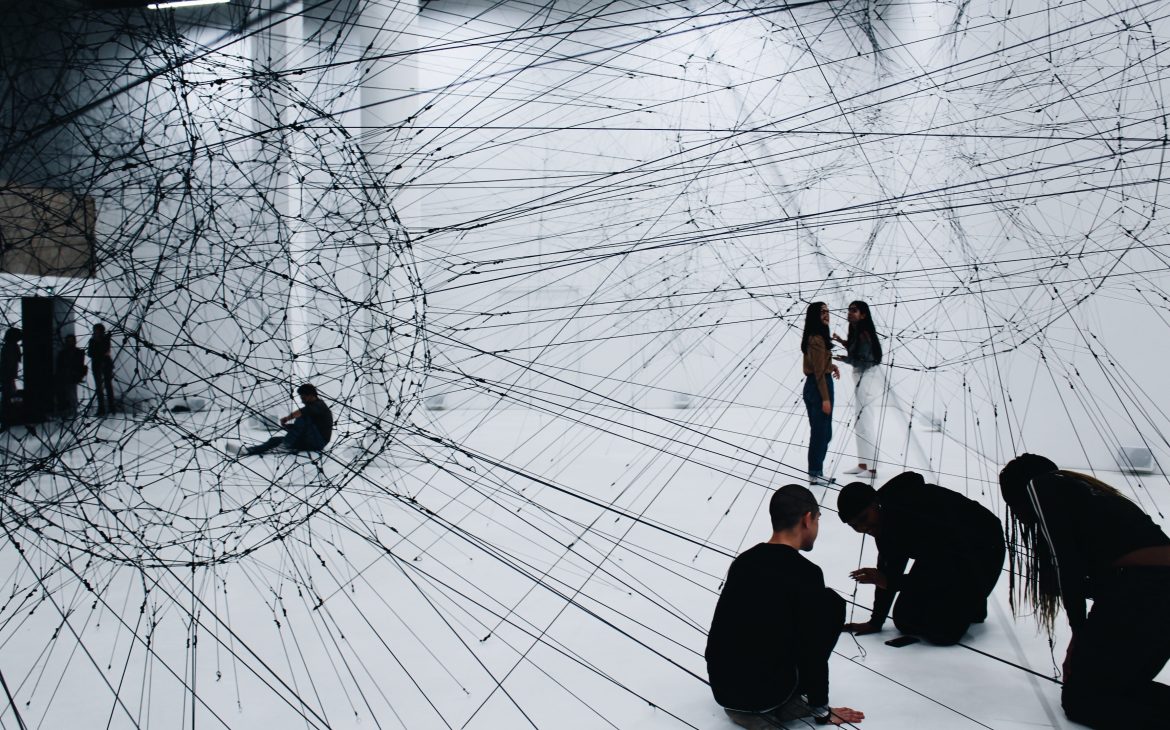
9. Choose wisely and be prepared to leave something out
Again, sustainability requires slowing down and operating some choices. So be prepared to leave something out, and enjoy what you can do to the fullest. If visiting a museum requires you to drive 3 hours to a certain location just to visit the museum and nothing else, consider skipping it. I am sure you can find a lot of great alternatives, or you can just take a day off to relax in a park. If you are planning a 10 days tour, where you will mostly sit in a car, just to drive from one place to the other to see one or two things before moving on to the following destination, slow down.
FOMO is one of my biggest sins, especially when traveling, but sometimes we just need to stop and enjoy the moment. Or just set our priorities.
10. Be curious
When traveling, the best thing you can do is to stay open and let experiences come to you. Sometimes even just exploring a part of the city we live in can feel like taking a trip. Or you can visit some destinations close to where you live to discover places you never knew existed.
And if you are far from home, just be curious: ask questions, try the local cuisine, engage with local artists, talk to people inside galleries and museums. Being curious will help you get to know the place you are visiting better, but will also help you understand the local culture and what you can do to support or, on the contrary, leave as fewer traces as possible.
Looking for more tips? Check the other Artsy Guides, like this one to plan the perfect art trip or this one with 5 reasons to travel alone if you are a contemporary art lover.
Cover image by Quaid Lagan on Unsplash

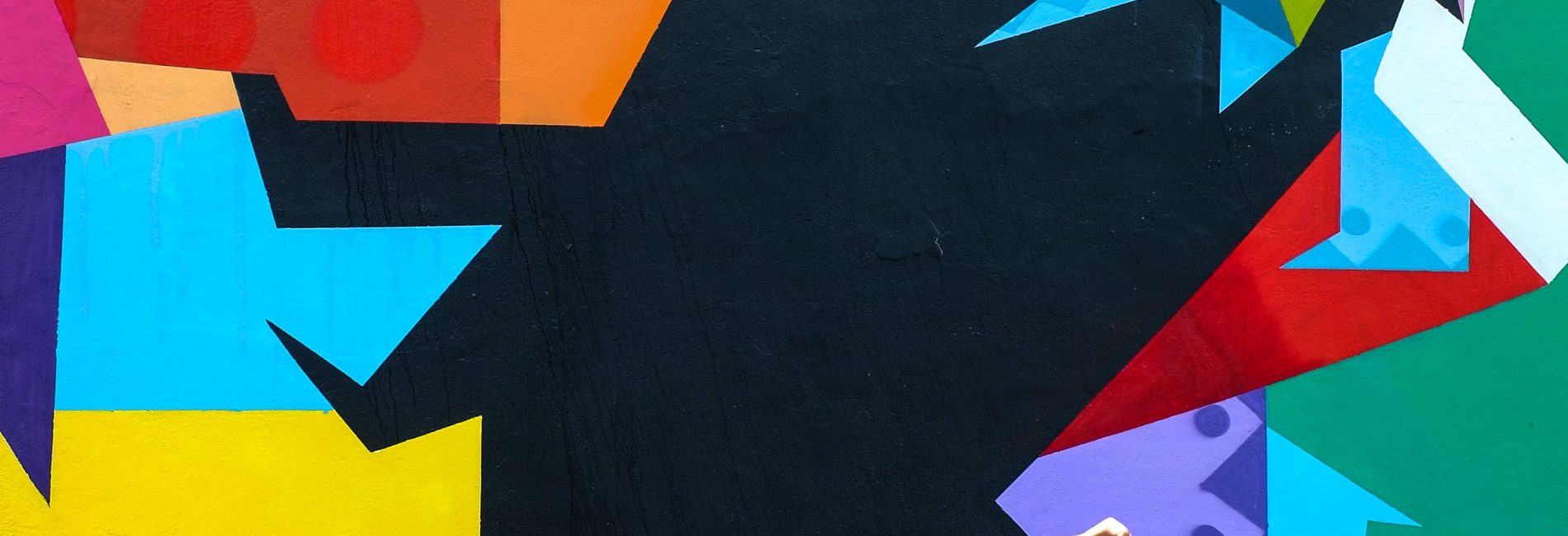


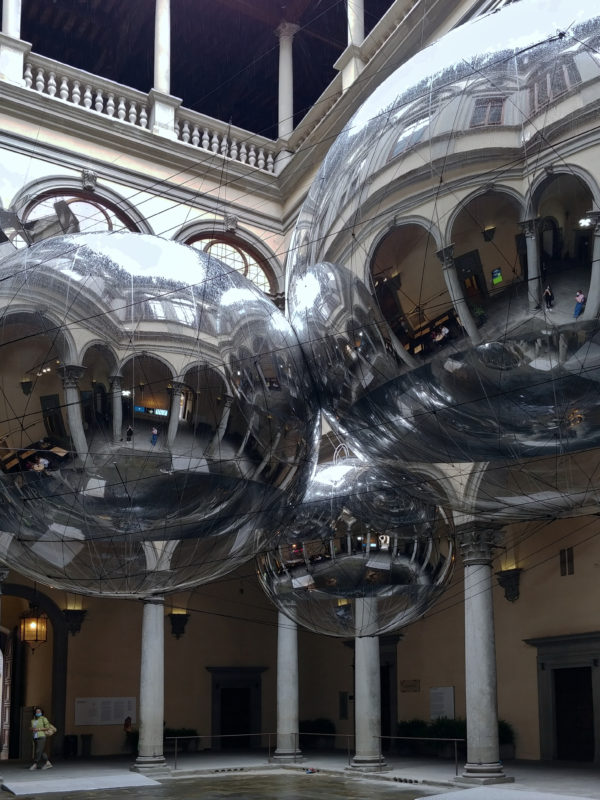
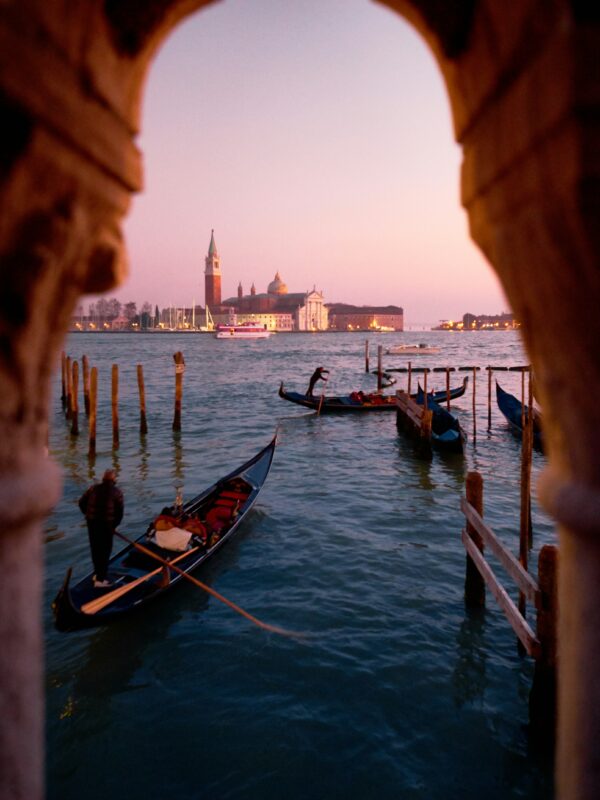
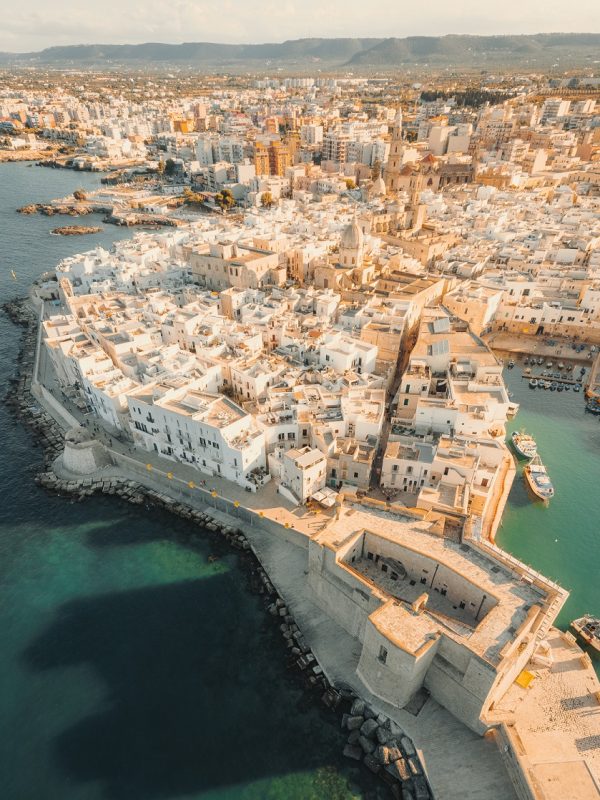




Get in touch